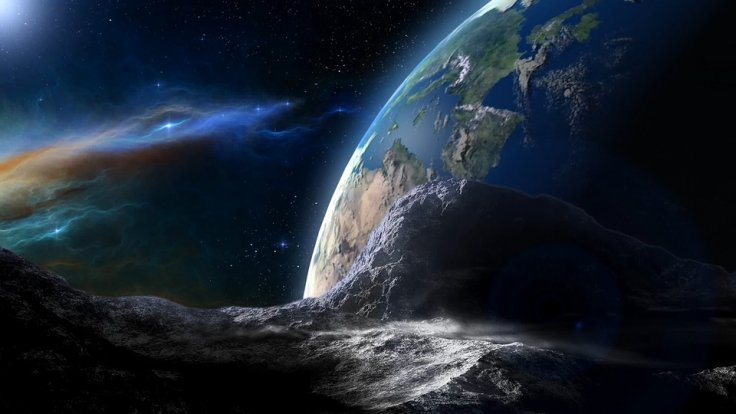
The US space agency NASA is now busy detecting near-earth objects that might collide with earth one day, causing massive destruction on the planet. However, Dr Natalie Starkey, a top scientist who authored the book 'Catching Stardust' believes that space agencies like NASA will not be able to detect all near-earth objects that could pose a risk to humanity.
Citing reasons of practicality, Starkey revealed that it is not possible to study each and every object that is lurking in the space which is so vast and mighty.
"We have to remember that we aren't totally safe as there are always those rogue objects out there than could sneak upon us. Of course, we can't study every single object in space – there are just too many of them – but the more we find out about the ones we can see and approach with a spacecraft, the better prepared we will be to deal with the others, even those we've not seen up close before. We can even be well-placed to deal with objects that give us very little warning of their arrival on our planet," said Starkey, Express.co.uk reports.
Starkey also added that ground-based observations in the future will not help humans to track all the near-earth objects approaching the blue planet. The author also suggested that humans should go up in space in a spacecraft, and should monitor dangerous objects from the space to protect the earth from an impending impact.
"Certainly, for the time being, we need spacecraft, and eventually humans to go up there and explore and explore the space around us in the hope that one day we can save ourselves from an impending impact," suggested Starkey.
It is asteroid Apophis that is currently under the scanner of NASA and ESA. As per the current analysis, asteroid Apophis will fly within 19,000 miles of the earth's surface in 2029.
Another asteroid named 52768 (1998 OR2) measuring more than 4.1 kilometres in diameter is expected to make its close flyby on April 29, 2020.









